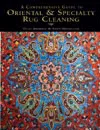Coronavirus Coverage
COVID-19 Decontamination: Cleaning, Disinfection, and Post-Cleaning Assessment
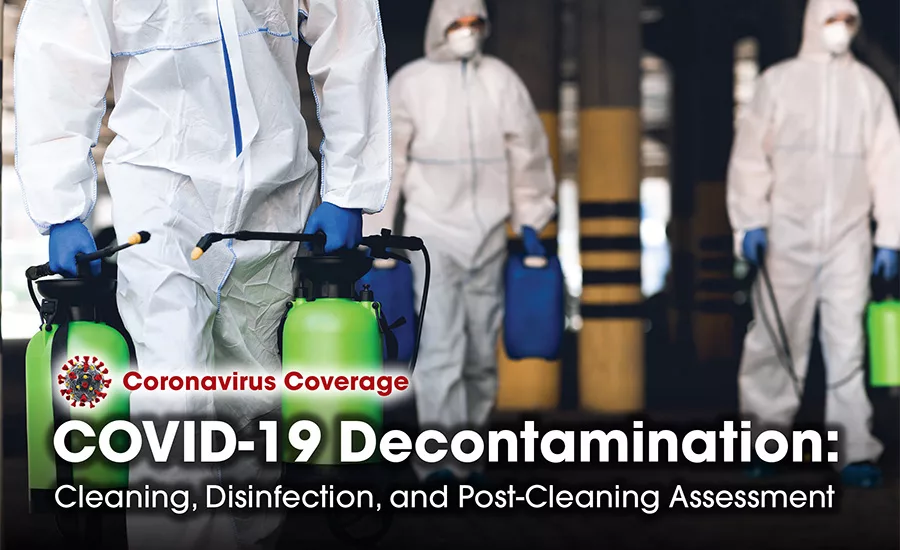
The Cleaning Industry Research Institute (CIRI) was founded to communicate science-based technical information and peer-reviewed research findings about cleaning and restoration of the indoor environment. Toward that end, this article was written to assist restoration and remediation professionals dealing with building cleanup in the midst of the COVID-19 pandemic. It utilizes information contained in CIRI’s SARS-CoV-2 (COVID-19) Pandemic Response — Guidance for Decontamination of the Built Environment: Cleaning, Disinfection, Worker Protection, and Post Cleaning and Remediation Assessment.
While the scope of this article focuses on cleaning and restoration of indoor environments contaminated with the SARS-CoV-2 coronavirus, the core approach to successful decontamination of any environment is an understanding of the definition of clean: a condition free of unwanted matter, and cleaning: the process of achieving the clean condition. A systematic process of cleaning includes:
- Understanding the environment to be made free of unwanted matter.
- Identification of the unwanted matter.
- Separation of the unwanted matter from the environment.
- Containment of the unwanted matter.
- Safe transport and disposal of the unwanted matter.
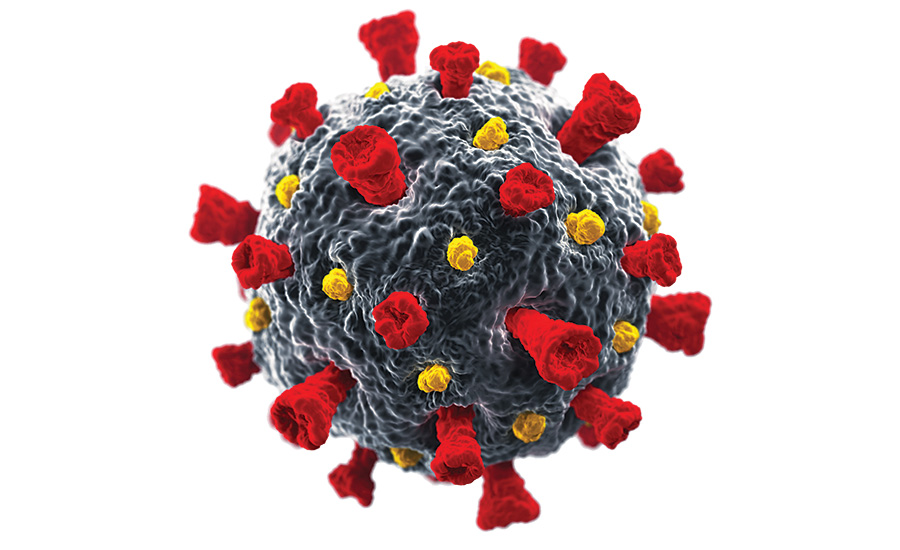
About COVID-19 (SARS-CoV-2)
Assuming you already have a basic understanding of the SARS-CoV-2 virus and COVID-19, let’s go a little more depth.
SARS-CoV-2 is a coronavirus capable of infecting humans. It is related to the SARS (Sudden Acute Respiratory Syndrome) and MERS (Middle Eastern Respiratory Syndrome) viruses. All originated in wild animals, mutated, and “jumped” to humans. All have produced severe lung disease. SARS had a case-fatality rate of 15%, MERS 35%. As compared to the others, SARS-CoV-2 appears to be less lethal but more readily transmitted. The case fatality rate appears to be 4–5%.
SARS-CoV-2 is an enveloped, single-stranded RNA virus, 60-120 nm in diameter, and very efficient at replication inside human lung epithelium cells, especially deep in the lungs. It can produce mild to severe respiratory disease, including fatal pneumonia. The incubation period from infection to disease symptoms is typically 2-7 days, with some exhibiting a longer timeframe of up to 14 days.
COVID-19 disease symptoms include fever (85-90%), dry cough (65-70%), fatigue (35-40%), sputum production (30-35%), and shortness of breath (15-20%). Some infected individuals may remain asymptomatic. Others may show only mild symptoms and seek no medical help. With both of these groups, there is insufficient data to determine the rate of transmission to others. Those who show significant symptoms and seek medical help are presumed to infect two to four other people.
Risk factors of those most susceptible to serious disease include advanced age (>65), obesity, chronic lung disorders, diabetes, heart conditions, and those who are immunocompromised. Transmission can occur by inhalation (aerosol), direct contact with respiratory secretions, or through skin contact via inanimate surfaces (fomites).
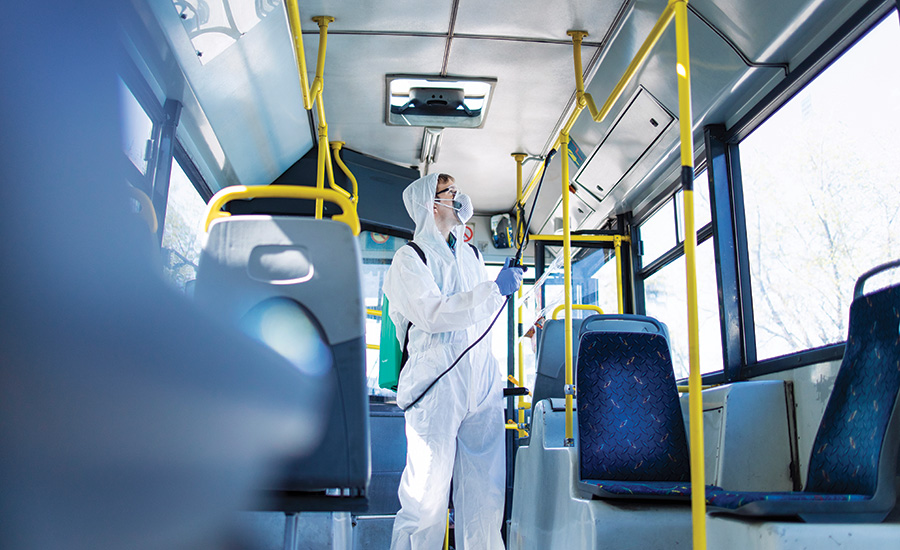
Principles of Decontamination
Decontamination of key surfaces requires the implementation of two well-defined processes: high-performance, health-based cleaning; and application of an antimicrobial pesticide or other disinfecting process. The goal of the cleaning is to maximize the physical removal of contaminants — including soil, organic matter, and microorganisms. Cleaning prepares surfaces for the application of disinfectant to kill or inactivate residual organisms. Clean surfaces are required for successful disinfection. This may involve the traditional two-step approach of cleaning followed by disinfection, or the use of a combined cleaner-disinfectant.
Identification of high-contact touch points as vehicles of transmission and priority targets for cleaning and disinfection is crucial. These are primarily hard-surface materials commonly found and touched in indoor environments: tabletops, desktops, countertops, door handles, drawer knobs, elevator buttons, appliance handles and doors, vending machines, copy machines, water fountains, and more. All restroom surfaces should be considered critical, both those that are touched and those that may be contaminated by aerosols emanating from high pressure toilets and sinks.
Surfaces such as walls and floors are lower risk, yet should not be overlooked during a COVID-19 remediation. Materials such as drapes and curtains should be laundered as appropriate, or otherwise cleaned by HEPA vacuuming. Upholstered furniture should be cleaned in accord with established restoration industry protocols and standards.
Effective Cleaning of Surfaces
Manual cleaning is the most important indicator of quality cleaning, as it combines the effectiveness of a detergent cleaner with the physical friction necessary for removal. Fortunately, SARS-CoV-2 is very susceptible to dissolution by detergents. This contributes to the virus’s inactivation directly or by the subsequent action of appropriate disinfectant. Cleaning must ensure removal rather than merely shift microorganisms, which can happen if a) the cleaning cloth is removed from a surface prematurely, b) areas are missed, or c) contamination is smeared due to failure to change cloths frequently. This is critical whether cotton or microfiber cloths are used, and whether they are disposable or reusable.
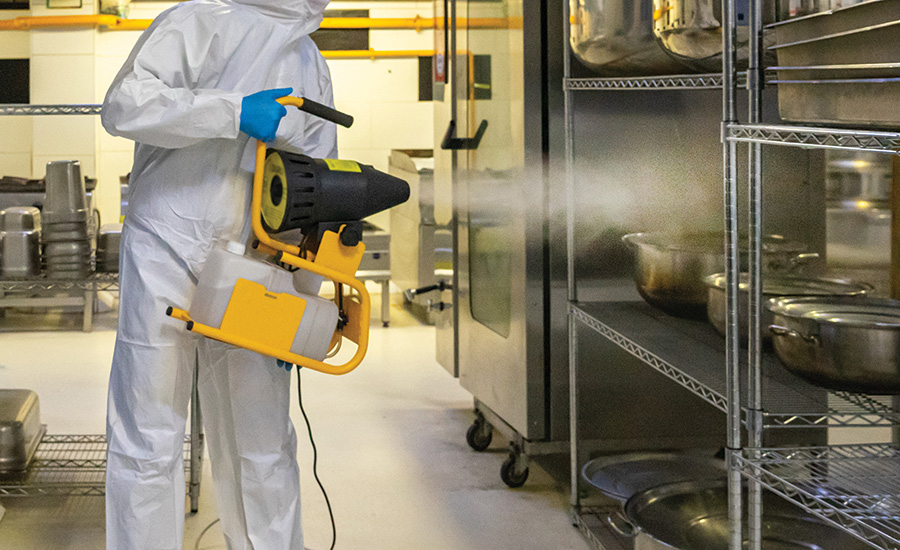
A Deeper Dive into Disinfection
Disinfection is the process of killing or inactivating human microbial pathogens so their reproductive capability is disabled. It is a chemical or physical process that reduces the microbial burden by 99.9% or more. Chemical germicides regulated by the U.S. EPA span a wide range of disinfectant classes and are required to be used per label directions. Most have comprehensive microbiocidal claims, including an emerging pathogen claim, that indicates whether the product can be effectively used against the SARS-CoV-2 coronavirus. The EPA’s List N: Products with Emerging Viral Pathogens AND Human Coronavirus claims for use against SARS-CoV-2, can be found on the agency’s website.
Saturated steam vapor disinfection technology can be utilized in place of chemical germicides for specific applications, such as restroom surfaces, and other non-uniform surfaces whose material integrity won’t be compromised by the high temperature (100ºC). Research has shown that as temperature increases, the time for viral kill decreases significantly.
The use of ultraviolet radiation (UV) or vaporized biocide treatment may be especially useful when disinfecting areas that are difficult or not routinely cleaned. One study found that UV was able to reach and effectively treat many such surfaces, both hard and soft. Additionally, vaporized hydrogen peroxide (VHP) has been confirmed effective against a SARS-CoV-2 surrogate. It is worth emphasizing that alternative treatment modalities such as UV and VHP, while shown to be effective for special applications, are typically not feasible for use in routine COVID-19 cleanup situations, especially in non-healthcare environments.
Any discussion of disinfection must address fogging or misting of chemical germicide products. In April 2013 the Director of EPA’s Office of Pesticide Programs sent a letter to all EPA registrants of antimicrobial pesticide products which made claims to provide control of public health microorganisms when applied by fogging and/or misting. The issue was efficacy:
“Application by fogging/misting results in much smaller particle sizes, different surface coverage characteristics, and potentially reduced efficacy when compared to sanitization or disinfection product applications by spraying, sponging, wiping or mopping.
The absence of pre-cleaning in the presence of soil contamination, potential reaction with or absorption of the active ingredient for different surfaces, and humidity/temperature fluctuations can also impact distribution and efficacy of the product.
A surface treated by fogging/misting does not receive the same amount of active ingredient per unit area as the standard methods of application and, as a result, the level of efficacy actually achieved may not be the same level claimed on the label.”
Post-Cleaning Assessment
Presently, no methods exist to conduct clearance testing for COVID-19. However, for some measure of assurance, it is possible to randomly sample hard surfaces to assess whether cleaning and disinfection has achieved an acceptable level of decontamination. This testing can be done using ATP sampling to test random areas of a cleaned structure and compare results with an established baseline of acceptable post-cleaning ATP values. If areas are identified that indicate incomplete cleaning, those surfaces would require recleaning. The technology is feasible for post-cleaning assessment, as it is convenient, rapid, and economical, with each sample yielding results in less than one minute.
Looking for a reprint of this article?
From high-res PDFs to custom plaques, order your copy today!






